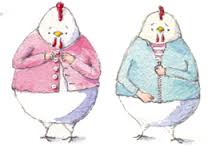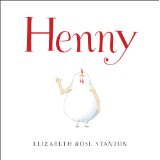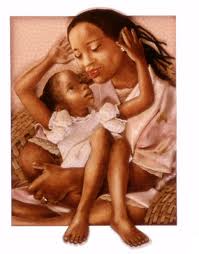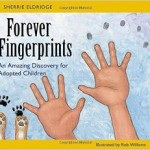 The wonderful adoption classic, Forever Fingerprints by Sherrie Eldridge is being reissued by Jessica Kingsley Publishers. An adoptee and a staunch advocate for adoptive families writes, who LIVES the adoption journey, Sherrie connects with adoptees’ hearts and validates their experience. Forever Fingerprints, a picture book serves a younger audience than Sherrie’s other books. Behind its simple story line, Forever Fingerprints models adoption-attuned* relationships. It speaks to child and parent. As an adoption coach as well as an adoptive parent, I know it is important for parents to clearly establish that adoption is a suitable topic for family discussion. While this may seem obvious, to children it is not. In the absence of expressed permission, kids will assume that adoptions conversations are off limits. They will fear that it might hurt their (adoptive) parents if they talk about their concerns, mixed feelings and sharing their thoughts about their birth parents. And so, many wrestle with heavy worries weighing down their hearts. Forever Fingerprints is an easy and enjoyable way for parents to talk about some of the “hard stuff” of adoption.
The wonderful adoption classic, Forever Fingerprints by Sherrie Eldridge is being reissued by Jessica Kingsley Publishers. An adoptee and a staunch advocate for adoptive families writes, who LIVES the adoption journey, Sherrie connects with adoptees’ hearts and validates their experience. Forever Fingerprints, a picture book serves a younger audience than Sherrie’s other books. Behind its simple story line, Forever Fingerprints models adoption-attuned* relationships. It speaks to child and parent. As an adoption coach as well as an adoptive parent, I know it is important for parents to clearly establish that adoption is a suitable topic for family discussion. While this may seem obvious, to children it is not. In the absence of expressed permission, kids will assume that adoptions conversations are off limits. They will fear that it might hurt their (adoptive) parents if they talk about their concerns, mixed feelings and sharing their thoughts about their birth parents. And so, many wrestle with heavy worries weighing down their hearts. Forever Fingerprints is an easy and enjoyable way for parents to talk about some of the “hard stuff” of adoption.
 Forever Fingerprints, captures a common moment in an adoptee’s life—being blindsided by a routine event that triggers a young girl’s awareness of loss or difference which results from being adopted. Specifically, Lucy discovers that her aunt is pregnant. Lucy is tickled to discover she can feel the baby move when she taps her aunt’s stomach. It is easy to see how this leads Lucy to wonder about her own birth mother. This story helps reassure Lucy that like all children, she too, was nurtured inside her birth mother’s body. And, just like other babies, she was born. Research has shown that many adoptees experience confusion around their origins. Some even imagine they were “hatched” or arrived by airplane. Forever Fingerprints presents offers a teaching moment that helps normalizes Lucy’s own origins. Parents can ask their children to share their ideas of their own birth. (Be prepared to be surprised by what they think!) I like how Eldridge has used fingerprints to establish both the child’s uniqueness as well as her connection to her birth parents.
Forever Fingerprints, captures a common moment in an adoptee’s life—being blindsided by a routine event that triggers a young girl’s awareness of loss or difference which results from being adopted. Specifically, Lucy discovers that her aunt is pregnant. Lucy is tickled to discover she can feel the baby move when she taps her aunt’s stomach. It is easy to see how this leads Lucy to wonder about her own birth mother. This story helps reassure Lucy that like all children, she too, was nurtured inside her birth mother’s body. And, just like other babies, she was born. Research has shown that many adoptees experience confusion around their origins. Some even imagine they were “hatched” or arrived by airplane. Forever Fingerprints presents offers a teaching moment that helps normalizes Lucy’s own origins. Parents can ask their children to share their ideas of their own birth. (Be prepared to be surprised by what they think!) I like how Eldridge has used fingerprints to establish both the child’s uniqueness as well as her connection to her birth parents.
I have shared this book with children who have no information about their birth parents and no possibility of communicating with them at adulthood. These children still have curiosity about and longing for connecting with their roots. They feel the weight of this void. Having the fingerprint link assisted them in feeling that they had a permanent reflection of their birth parents. In Forever Fingerprints, Lucy’s mother is attuned to her daughter’s roller-coaster emotions. Mom validates Lucy’s feelings and helps her to see several ways in which her birth parents exist within Lucy. This serves as a wonderful model for both parent and child readers. Parents have an example of how to handle the situations. Children have an example that it is both safe and reasonable to have questions and feelings. I recommend this book because it helps both parent and child. Families can easily replicate the fingerprinting activity.
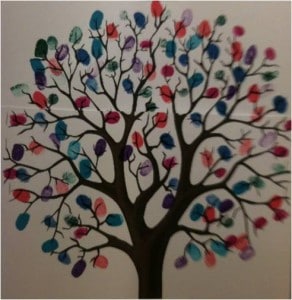
On one of our GIFT Family Services retreats, we completed a similar project—a fingerprint tree. (View our creation at left.) Although very simple, we were all touched by the experience as we could see how each of our fingerprints enhanced the beauty of the tree. This is a wonderful metaphor for the value of difference. How boring life would be if we were all the same! Even the “finger paint” cover art supports the metaphor. Remember how much fun it was to slide your fingers through the cool, squishy colors? Why not join your children in creating a fingerpaint drawing? Perhaps it can be the cover for your child’s life book. “Forever Fingerprints” is available for preorder. Jessica Kingsley Publishers officially launches this new issue on Oct. 21, 2014. It will be available in both hardcover and Kindle formats.

Sherrie Eldridge Amazon Author page Sherrie’s Website 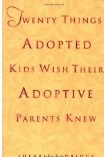


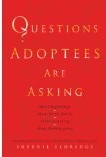
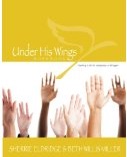
*Adoption-attunement—AQ—considers how adoption influences a child and includes:
- Adoption-sensitive parenting techniques
- Sound adoption language
- Knowledge of the attachment process
- Consideration of grief and loss issues
- Respect for birth parents
- Modeling healthy boundaries
- Educating family, friends and teachers on adoption
- Remembering that a child’s story belongs to him
- Recognizing that adoption is a family experience
- Encouraging playfulness and good humor as a family value
- Integrating a child’s birth heritage
 As adoptive parents we thoroughly understand that families come in a stunning array of sizes, colors and combinations. We work earnestly to help the world to see and accept our families as legitimate. It is important for us to support all different kinds of families, to help spread understanding and respect for parents of every shade and stripe.
As adoptive parents we thoroughly understand that families come in a stunning array of sizes, colors and combinations. We work earnestly to help the world to see and accept our families as legitimate. It is important for us to support all different kinds of families, to help spread understanding and respect for parents of every shade and stripe.












